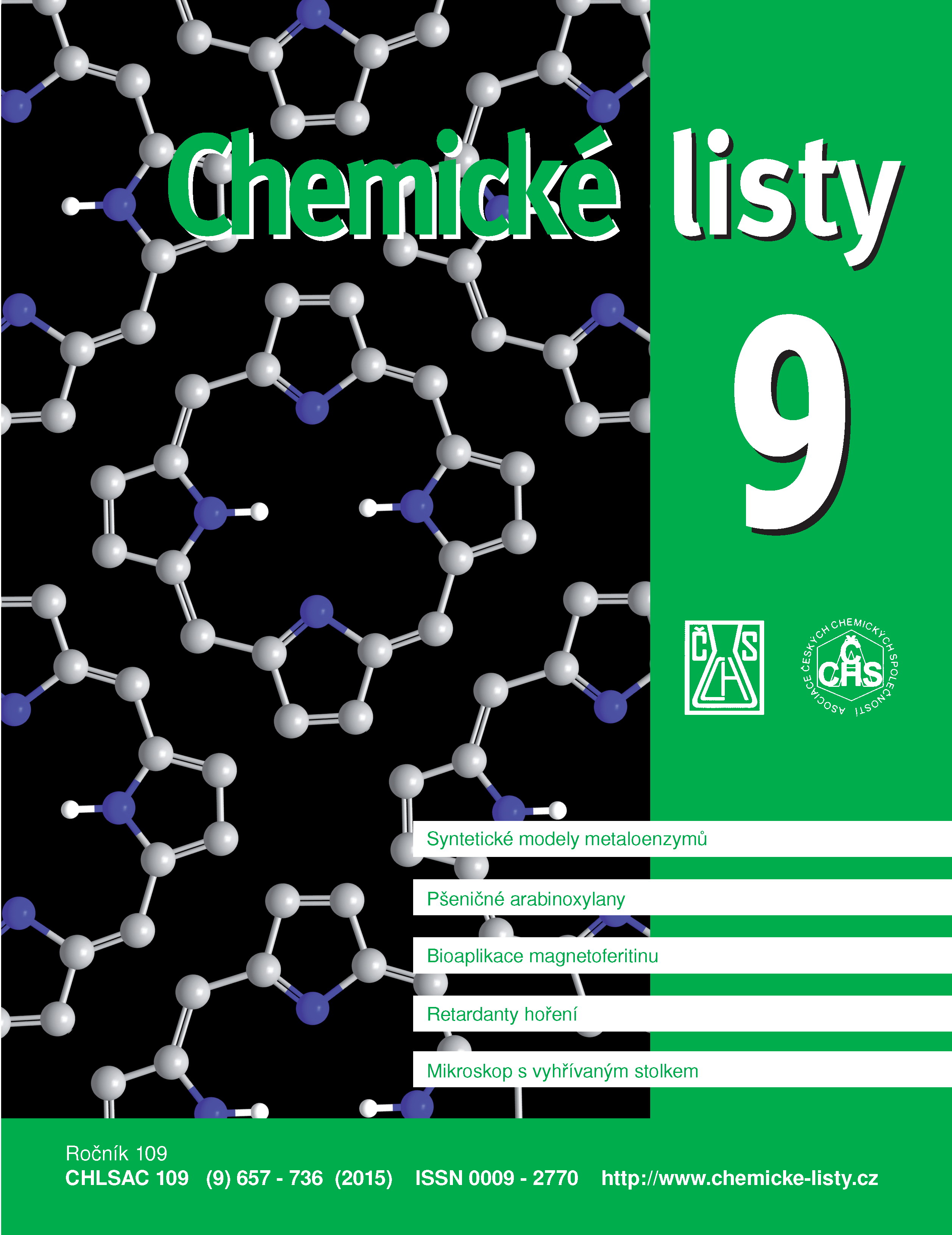Retardanty hoření, jejich použití a vliv na životní prostředí
Klíčová slova:
retardanty hoření, životní prostředí, toxicita, kontaminaceAbstrakt
Fire is a common cause of damage to people and property. The fires also cause a wide variety of acute and chronic pollution due to acid gases and persistent organic chemicals. Flame retardants are highly required chemicals that improve thermal resistance of materials. Main types of fire retardants used in polymers are phosphines, phosphonates, phosphates, silanes, siloxanes, boric acid, borates, carboranes, melamine derivatives, Al and Mg hydroxides as well as nanomaterials. Generally used halogenated flame retardants are characterized by high efficiency but, due to their toxicity and bioaccumulation, are of limited use. Currently are preferred combinations of N flame retardants and P compound. Nanomaterials seem prospective in future.





